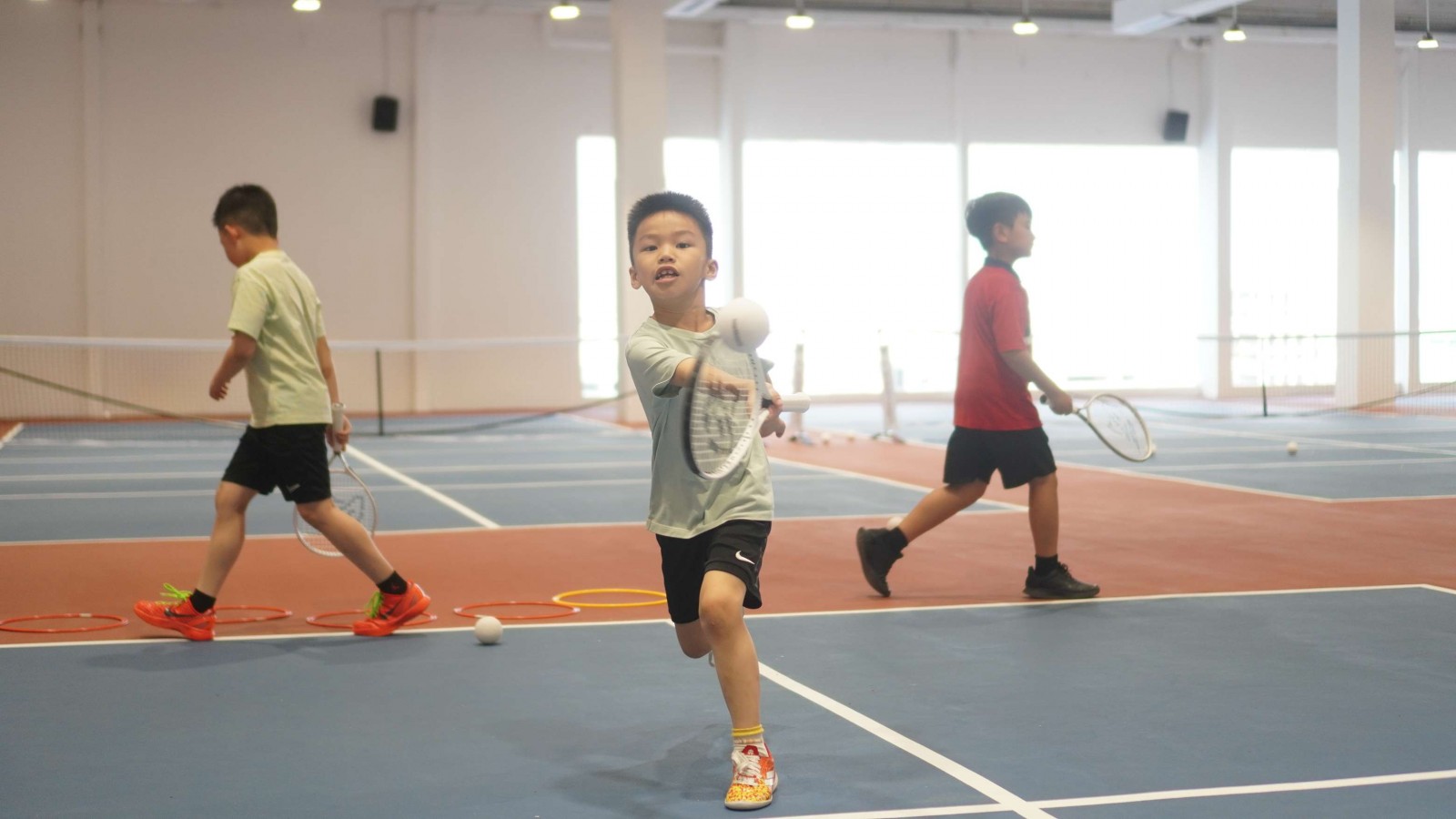Single Tennis Strategy To Help You Win!

As we all know, tennis has two sectors: doubles and singles. Singles tennis is a thrilling and highly tactical game that focuses on individual skill, mental resilience, and strategic planning.
Unlike doubles, where teamwork and positioning are essential, singles demand that players rely solely on their agility, shot-making, and strategic acumen to control the court and outplay opponents. We'll go over a single tennis strategy to help make it harder for you and beat your opponent.
Preparing for Singles Tennis
Preparation is vital to performing well in singles tennis. This includes both mental and physical readiness, as well as specific training to enhance core skills for singles play. Here’s what you should prepare:
A. Physical Fitness and Endurance
Singles tennis involves extensive movement, often demanding sprints and quick changes in direction. Focusing on endurance and agility exercises helps players stay quick on their feet and maintain their energy throughout the match.
You can combine footwork drills like ladder exercises to boost quickness, cardio workouts such as running, cycling, or intervals for endurance, and strength training to enhance core and lower body strength creates a balanced training routine that improves stability, shot power, and overall court performance.
B. Mental Preparation and Focus
Mental strength is crucial in singles tennis, as players don’t have a partner to rely on for support. Maintaining a positive mindset, managing frustration, and staying focused are essential for performing under pressure.
Try to use visualization techniques to picture performing well in different match scenarios, practicing mindfulness to enhance focus and reduce anxiety. Setting specific goals for each match or practice session can also keep players calm, purpose-driven, and mentally prepared for success on the court.
C. Knowing Your Strengths and Weaknesses
Understanding your strengths and weaknesses enables you to create a game plan that maximizes your assets and protects your vulnerabilities.
If you feel you have weaknesses on serve, focus on turning strong serves into quick points and positioning yourself to favor your forehand if your backhand is weaker, you can create a clear game plan that maximizes your strengths and boosts confidence going into the match.
Singles Tennis Strategies to Help You Win
Now that you've prepared physically and mentally, it's time to dive into singles-specific strategies. Singles tennis revolves around controlling the court, outlasting your opponent, and placing shots strategically to create winning opportunities.
Here are few strategies that you can try:
1. Control the Center of the Court
Positioning yourself in the center allows for easier coverage of most shots, minimizing movement and helping intercept both cross-court and down-the-line shots. Always return to the center after each shot to prevent leaving gaps.
2. Use Deep Groundstrokes
Hitting deep groundstrokes pushes opponents to the back, limiting their options and giving you time to react. Aim for shots close to the baseline with both forehand and backhand for consistent control over rallies.
3. Exploit Your Opponent’s Weaknesses
Identifying and targeting your opponent’s weaker side, such as their backhand, can disrupt their rhythm. Directing shots to this side, especially during critical points, helps you gain a strategic advantage.
4. Utilize the Serve and Return Effectively
A varied serve and a strong return are key to controlling the game. Change serve placements and spin to keep opponents guessing, and aim returns deep to limit their response angles.
5. Take Advantage of Short Balls
Short balls present offensive opportunities. Move forward for aggressive shots or a drop shot if the opponent is far from the net, allowing you to take control of the rally and create a winning position.
6. Use the Net to Your Advantage
Approaching the net, especially with strong volleys, can pressure opponents and cut off their angles, making it harder for them to pass. Look for chances to follow up a deep shot or serve by moving to the net.
7. Mix Up Your Shot Selection
Varying shot types keeps your opponent guessing, making your style unpredictable. Incorporate topspin, slice, flat shots, lobs, and angled shots to force them to move and create openings for winners.
8. Be Patient and Outlast Your Opponent
Singles tennis often requires patience and endurance. Focus on consistency rather than power to keep rallies going, reduce errors, and wait for the opponent’s mistake, giving you a chance to win longer exchanges.
Does This Strategy Work?
To win a singles tennis match, players need to be mentally sharp, physically fit, and technically skilled. Understanding the rules of tennis scoring is also key to executing a winning strategy.
To perfect these skills, training with certified and experienced coaches is essential. That’s where Rockstar Academy comes in!
Since 2011, we’ve offered the best Sports & Performing Arts Academy with a variety of programs, including tennis classes. Here, you will learn everything from the basics and physical conditioning to mental focus and the rules of the game.
Ready to take your game to the next level? You’ll also have the chance to participate in exciting events like the RockOlympics to boost your competitive skills. Plus, sign up for a free trial class to experience the magic firsthand before committing!
FAQ
What is the best way to warm up before a singles tennis match?
Begin with a dynamic warm-up, including exercises like jumping jacks, high knees, and lunges, to increase your heart rate and loosen muscles. Follow with specific tennis drills like shadow swings, short rallies, and serves to get comfortable with your strokes.
How do I improve my footwork for singles tennis?
Work on agility drills such as ladder drills, cone exercises, and shuttle runs to improve speed and movement. Practicing split steps before each shot can also help you react more quickly and stay balanced.
What should I focus on if my opponent has a strong serve?
Stand slightly behind the baseline and prepare to take the return with a shorter swing to handle the power. Aim to place returns deep to limit their next shot options, and consider moving in to apply pressure if they serve short.



